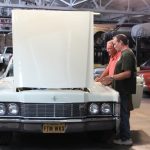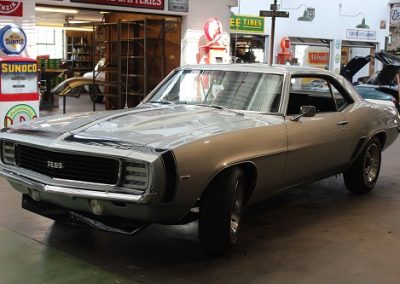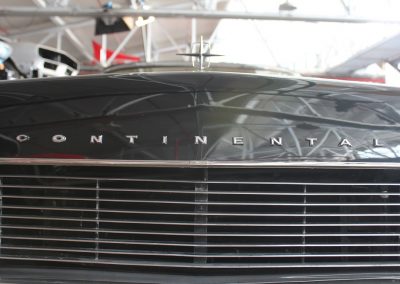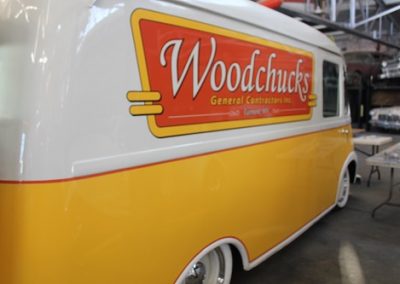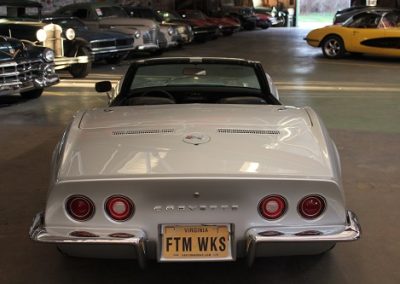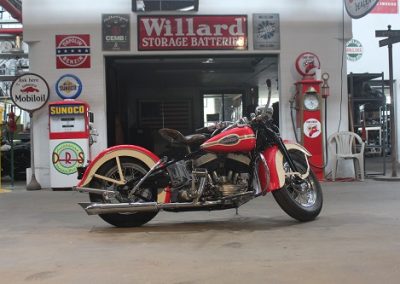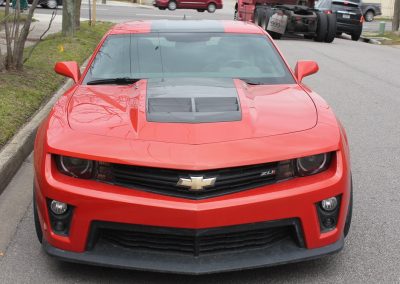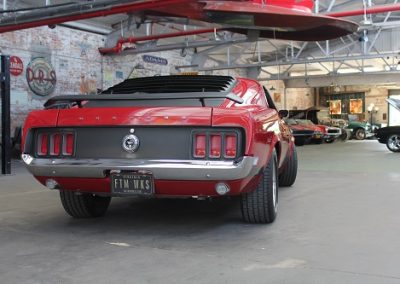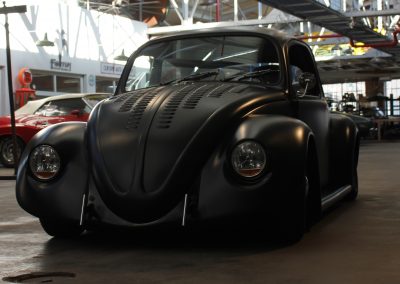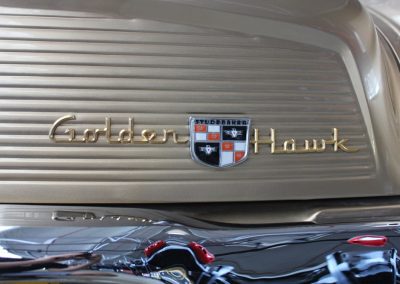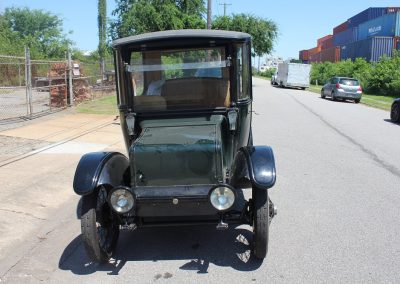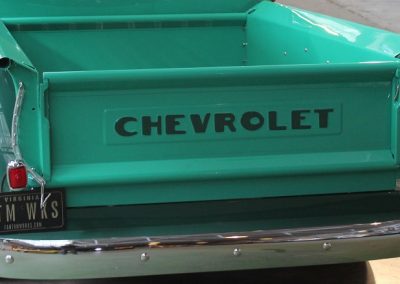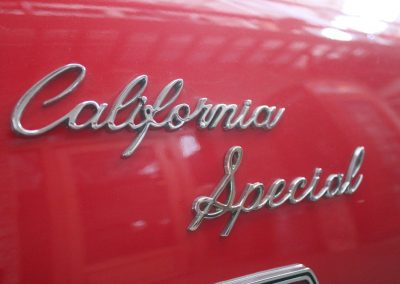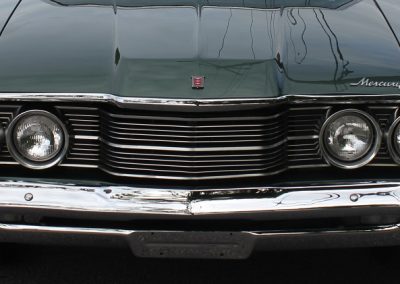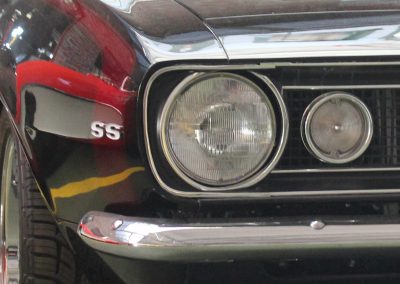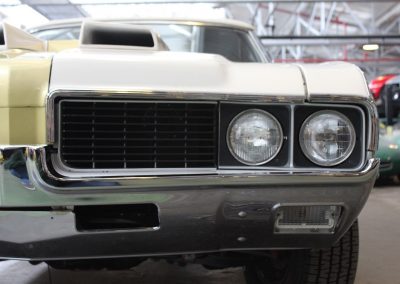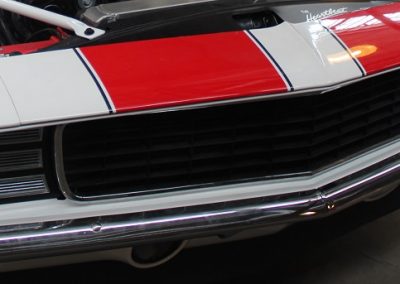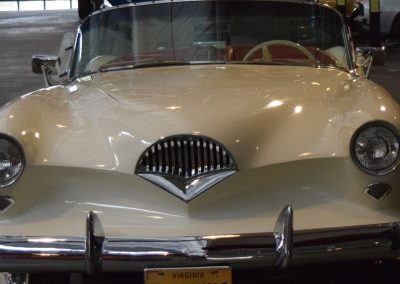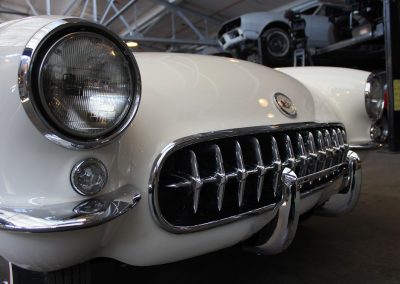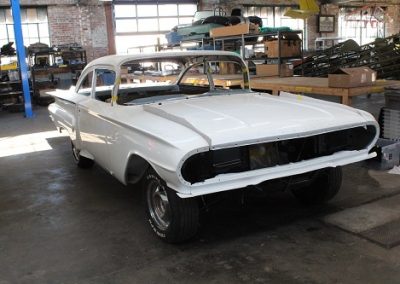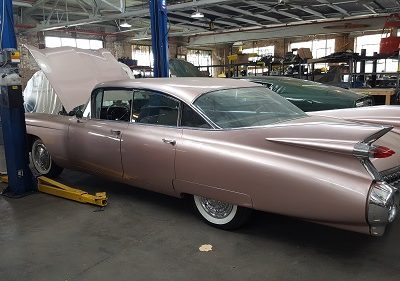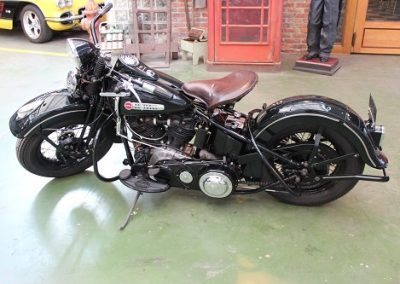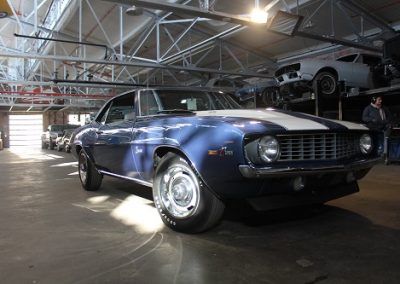1968 Lincoln Continental

As seen on Season Six of FantomWorks
Owner Insight:
Explore the Project Galleries
Arrival
Mechanical
Trim & Detail
Finish
The Lincoln Continental is a series of luxury cars produced by Lincoln, a division of the American automaker Ford Motor Company. First introduced in 1939 as a coachbuilt convertible, which would spawn the personal luxury car segment, the nameplate has been in use by Lincoln at various times for more than 75 years. In the Lincoln model line, the Continental has served various roles, ranging from the top-trim sedan to the base-trim sedan. Through its production, the Lincoln Continental has been produced in several bodystyles, including two-door and four-door convertibles, two-door and four-door hardtops and sedans, and two-door coupes. The Lincoln Continental is the final American car factory-produced as a four-door convertible or with a V12 engine.
For the Fourth Generation model, starting in 1961 the Lincoln range was consolidated into one model. Following the $60 million in losses to develop the 1958–1960 cars, all models were replaced by a new Lincoln Continental. Making its first appearance since 1948, it was available as a four-door sedan and as a four-door convertible.
Originally slated to be a version of the 1961 Ford Thunderbird model line, the 1961 Continental was modified by Ford design vice president Elwood Engel. Though still looking expansive, the slab-sided Continental was the smallest Lincoln since before World War II, a full 14.8 in (380 mm) shorter overall than its 1960 predecessor, with an 8 in (200 mm) shorter wheelbase.
The design was anchored in a “form follows function” simplicity, with a complete absence of ornamentation. Sightlines across the hood, rear deck, and fenders all seemed to vanish to infinity. The overall effect evoked a sense of dignity, great mass, and authority, in motion or parked.
Nevertheless, the car was so much smaller advertising executives at Ford photographed a woman parallel parking a sedan for magazine advertisements. Though more agile, at 4,927 lb (2,235 kg), the new sedan was only 85 lb (39 kg) lighter than the lightest 1960 Lincoln 4-door sedan (2 lb less than a two-door); at 5,215 lb (2,365 kg), the convertible outweighed its 1960 predecessor by 39 lb (18 kg). As a result, the new Lincoln was still heavier than any equivalent from Cadillac or Imperial. This solid construction led to a rather enviable reputation as “Corporate management was determined to make it the finest mass-produced domestic automobile of its time and did so.”
For 1969, the fourth-generation Continental entered its last year of production. Lincoln added relatively few changes aside from the addition of federally mandated head restraints.[52] At the beginning of the model year, the 460 V8 entered full production, becoming the sole engine in the Lincoln model line until 1977.

















